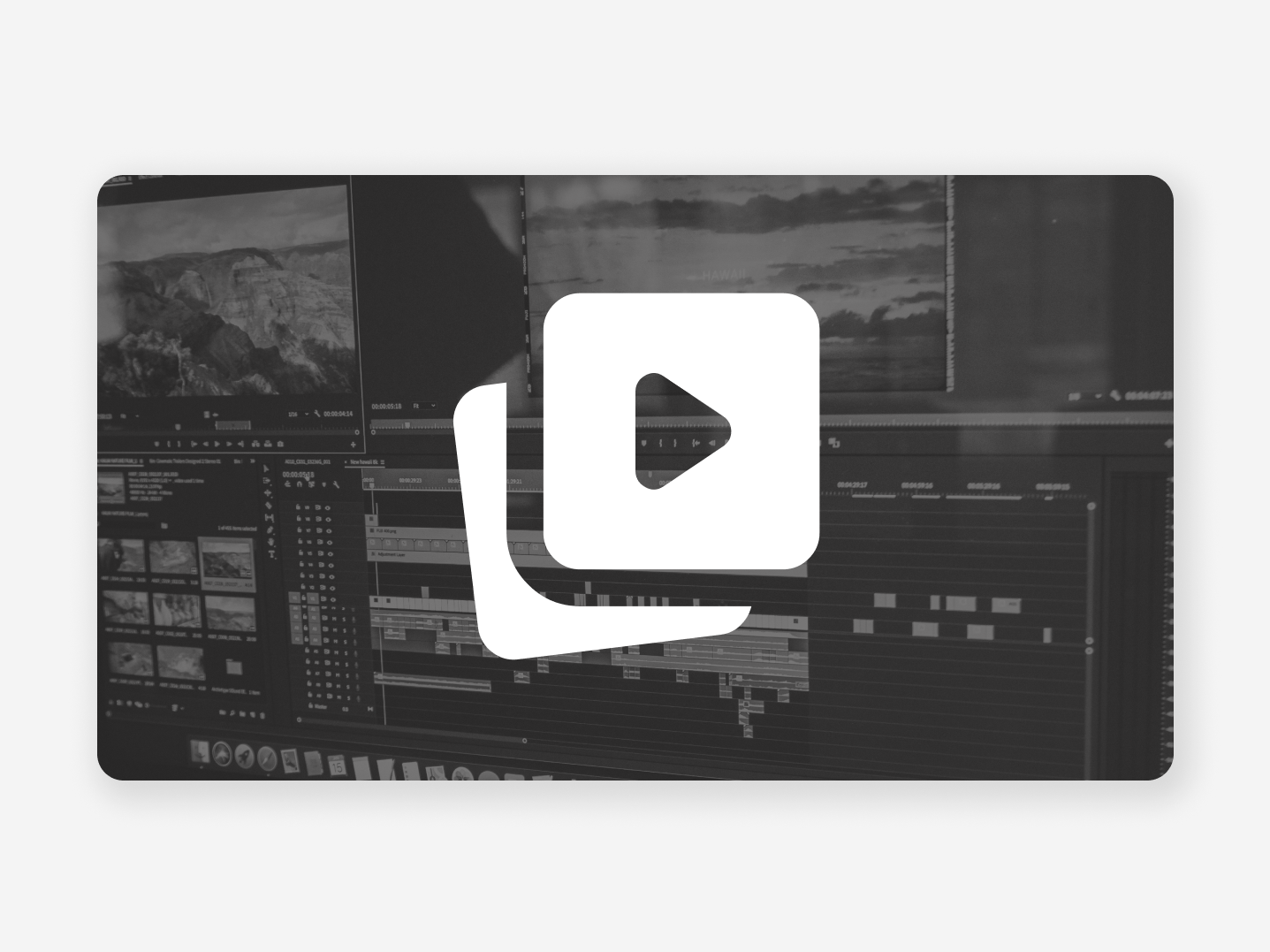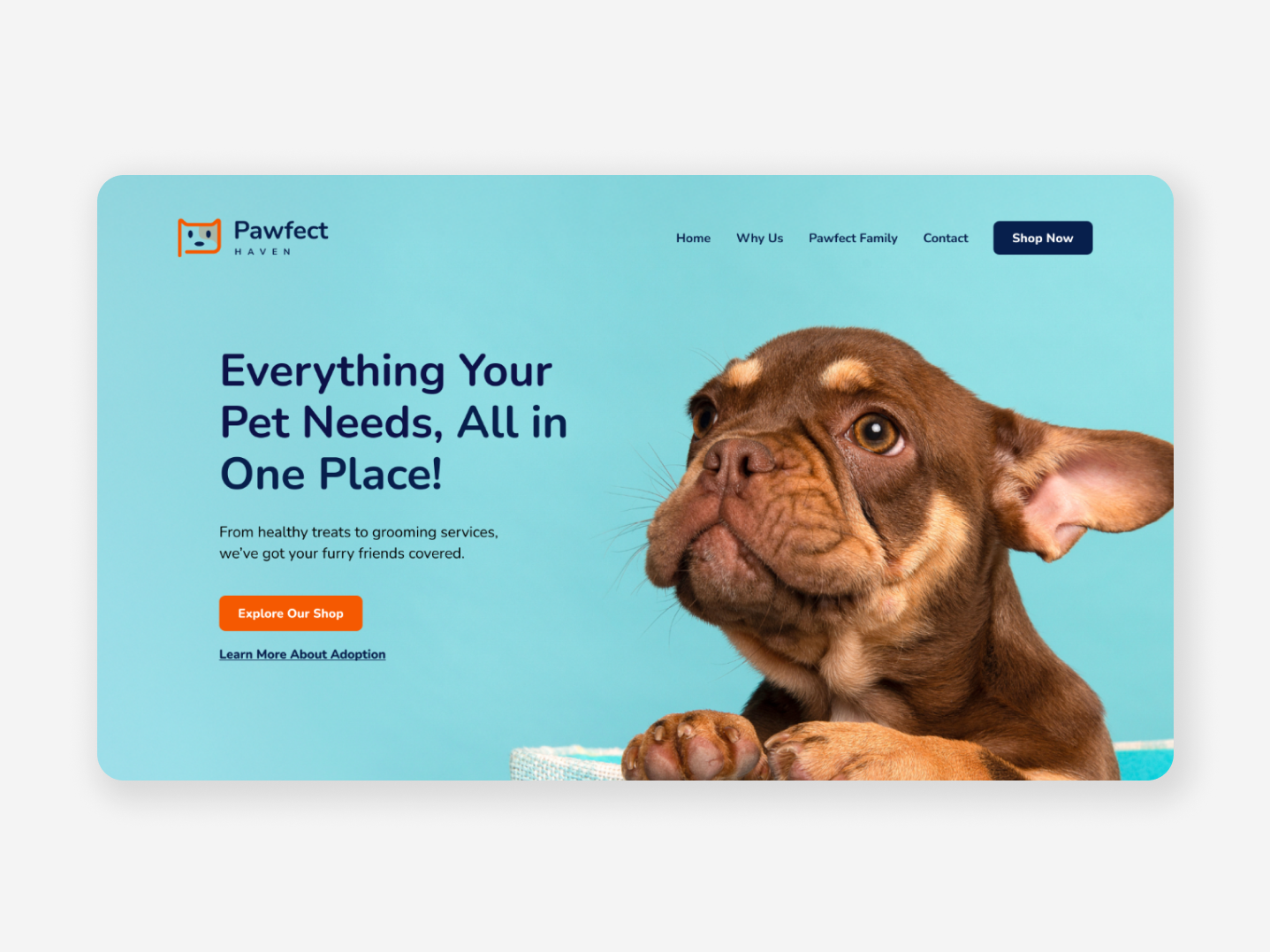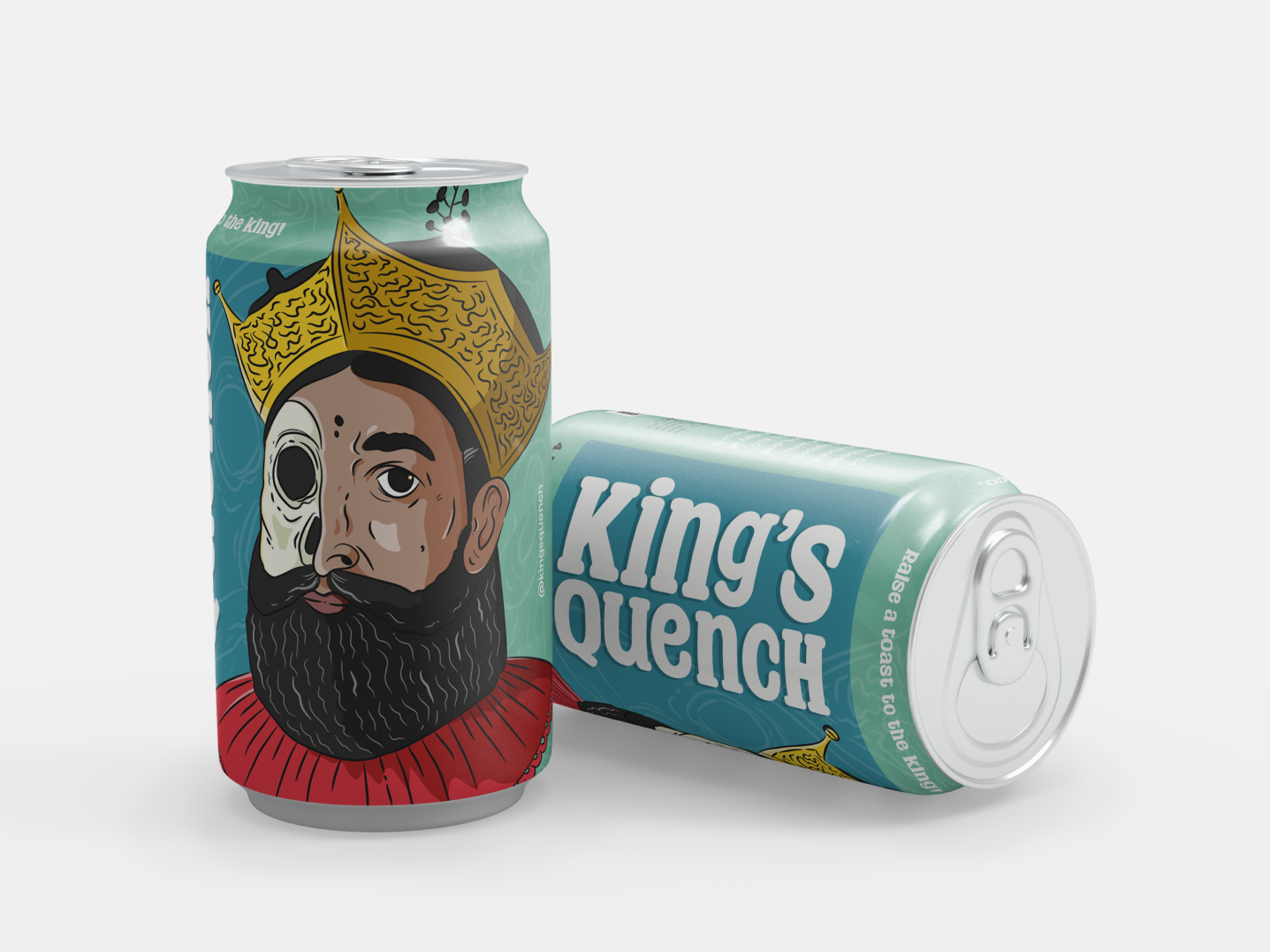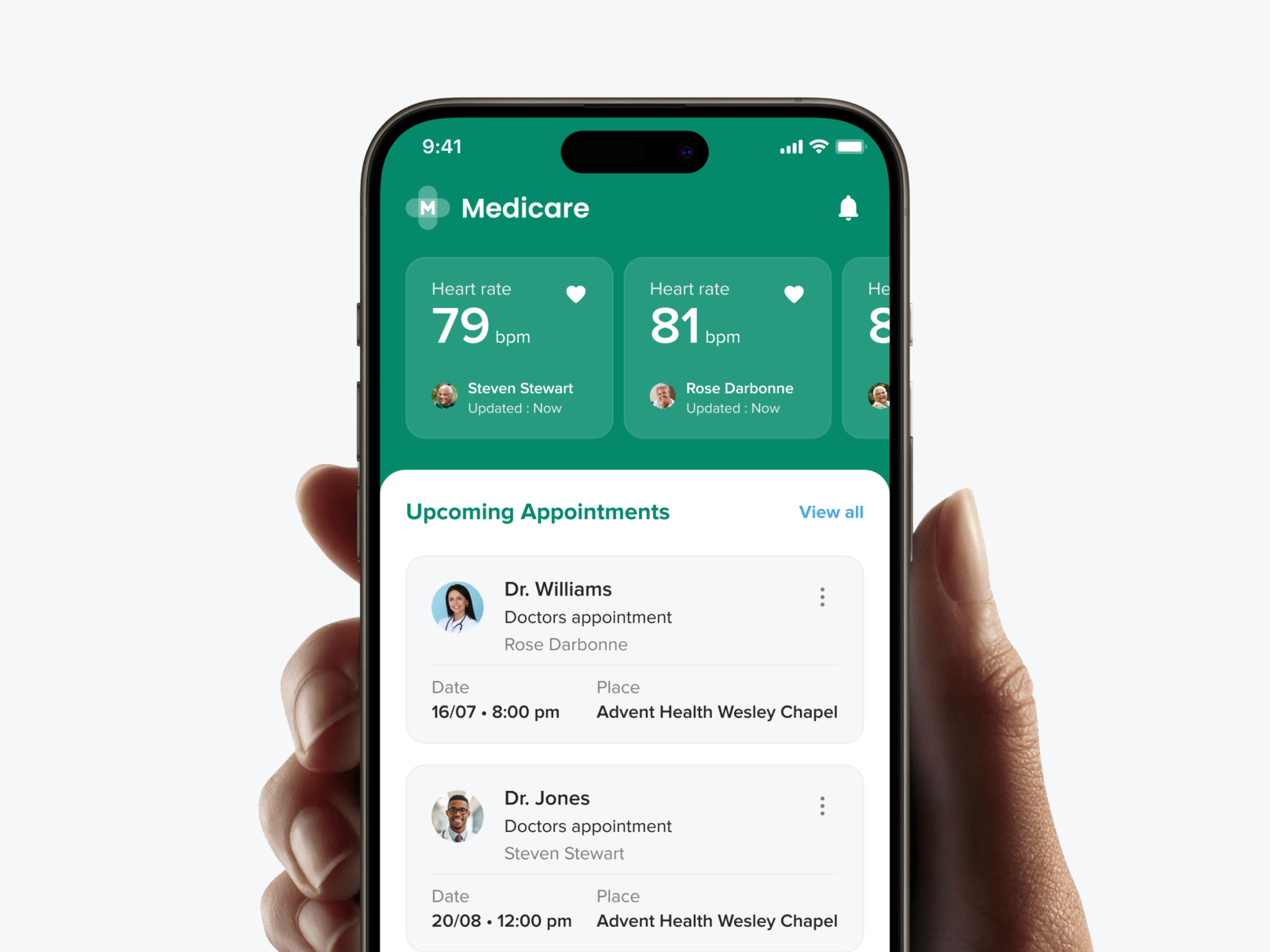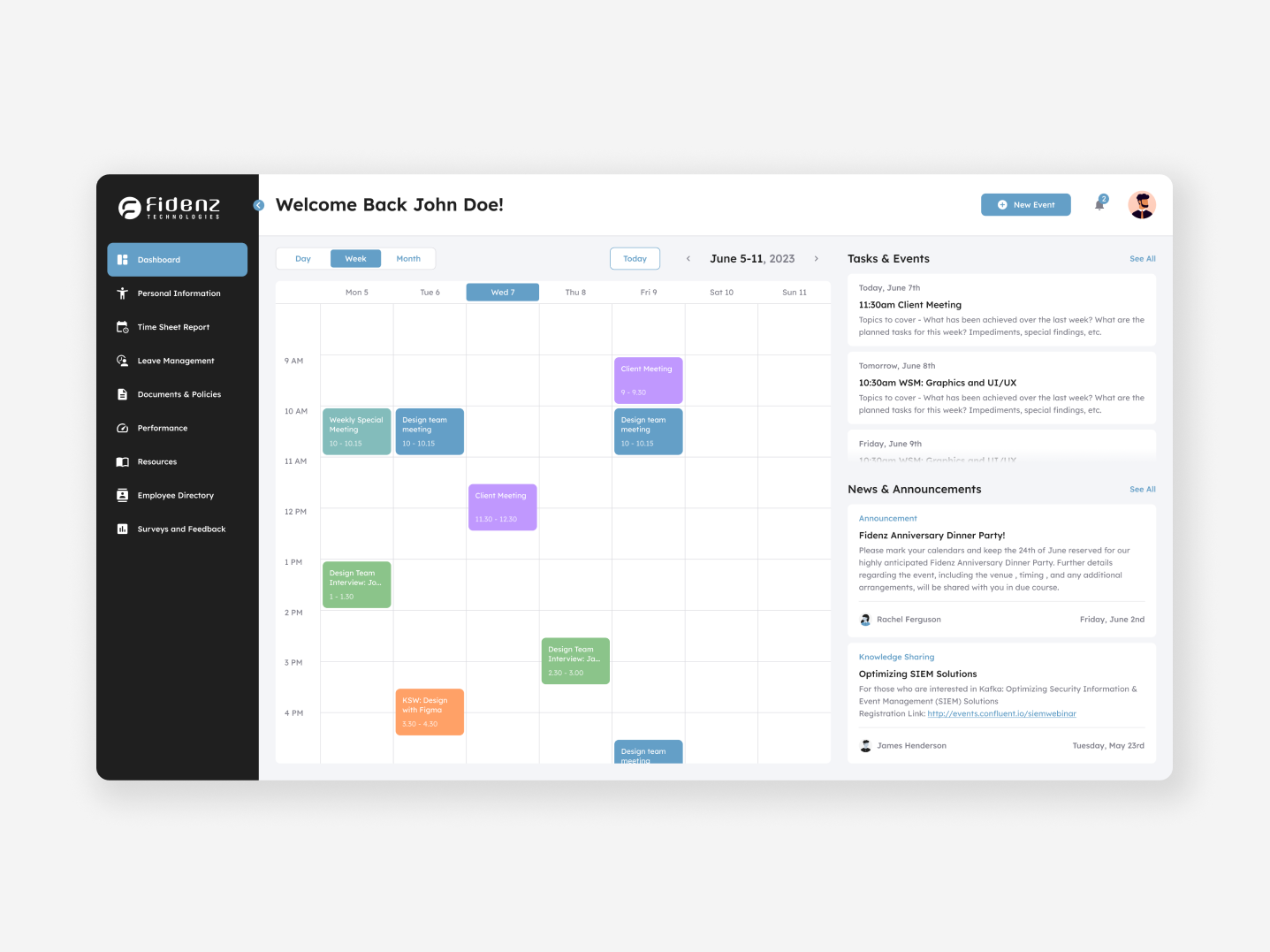Introduction
This case study documents the design process behind Micro Rewards, a platform designed to revolutionize digital credential issuance and management. The project aimed to create a user-friendly and accessible experience for both organizations issuing credentials and individuals receiving them.
Problem Statement
Traditional methods of issuing and managing credentials, such as physical certificates and paper-based systems, often presented inefficiencies and challenges. These methods could be cumbersome, time-consuming, and prone to loss or damage. Additionally, sharing credentials digitally was often a complex and insecure process.
The need for a streamlined digital platform became evident through user research and market analysis. Organizations expressed frustration with the manual processes involved in credential issuance, while individuals struggled with managing and sharing their credentials effectively. By addressing these challenges, Micro Rewards aimed to empower organizations and individuals with a modern and accessible solution for digital credential management.
Objectives and Goals
The project aimed to achieve the following key objectives:
• Simplify the process of issuing and managing digital credentials for organizations.
• Create an intuitive and user-friendly digital wallet for recipients to store and share their credentials seamlessly.
• Increase the adoption and engagement with digital credentials across various user groups.
• Promote the security and accessibility of digital credentials.
Success would be measured through the following KPIs:
• User Engagement Rate: Track the frequency of user interactions with digital credentials, including sharing and displaying actions.
• Onboarding Speed and Simplicity: Measure the time required for new issuers to create and issue digital credentials with minimal guidance.
• Digital Sharing Rate: Monitor the frequency of recipients sharing their credentials, indicating the ease of use and desirability of the platform.
• Retention Rate for the Digital Wallet: Observe long-term engagement with the digital wallet, measuring the frequency of users managing, viewing, or sharing their credentials.
• User Satisfaction Scores: Gather feedback on the overall satisfaction with the platform, focusing on usability and visual appeal.
Research and Insights
User research played a crucial role in shaping the design of Micro Rewards. We conducted in-depth interviews with organizations, educators, students, and individuals from various age groups to understand their needs and pain points related to credential management.
Key findings from the research included
• Organizations sought a simple and efficient platform for issuing credentials, requiring minimal training and technical expertise.
• Recipients desired a secure and user-friendly digital wallet to manage and share their credentials effortlessly.
• A visually appealing and intuitive design was crucial for user engagement and adoption across various age groups.
• Flexibility in supporting different credentials, including certificates, medals, and badges, was essential.
These insights informed the development of user personas, representing the target audience groups. These personas helped guide the design process by providing a deeper understanding of the user's needs and motivations.
Ideation and Concept Development
The ideation phase involved brainstorming and exploring various design concepts. We utilized mind mapping and sketching techniques to generate ideas that aligned with the research findings and project objectives.
Several key concepts emerged from this process:
• A streamlined and intuitive interface for credential issuance with clear visual cues and guided workflows.
• A visually appealing digital wallet with customizable features for managing and sharing credentials.
• Integration with social media platforms to enable effortless sharing of credentials.
• Security measures to protect user data and ensure the authenticity of credentials.
Feedback from stakeholders and potential users was incorporated throughout the ideation process, shaping the final design direction.
Design Process
The design process involved the following stages: Wireframing We created low-fidelity wireframes to define the layout and structure of the platform, focusing on user flow, navigation, and content hierarchy. Prototyping: Interactive prototypes were built to test the usability and functionality of the platform, allowing for user feedback and iterations. Visual Design: A clean and modern visual design language was developed, incorporating a consistent color palette, typography, and iconography to create a cohesive and visually appealing experience. User Testing: Throughout the design process, we conducted usability testing with a diverse group of users to gather feedback on the platform’s ease of use and effectiveness.
Wireframing
We created low-fidelity wireframes to define the layout and structure of the platform, focusing on user flow, navigation, and content hierarchy.
Visual Design
A clean and modern visual design language was developed, incorporating a consistent color palette, typography, and iconography to create a cohesive and visually appealing experience.
Prototyping
Interactive prototypes were built to test the usability and functionality of the platform, allowing for user feedback and iterations.
User Testing
Throughout the design process, we conducted usability testing with a diverse group of users to gather feedback on the platform’s ease of use and effectiveness.
Challenges and Solutions
The project presented several challenges:
Balancing Simplicity
and Flexibility
and Flexibility
We had to find a balance between creating a simple and intuitive user experience while accommodating the diverse types of credentials and requirements across different organizations.
Ensuring Seamless Sharing
Integrating secure and straightforward sharing options across platforms and devices required careful design considerations to maintain usability without compromising security.
Creating an Inclusive Design
Catering to a wide range of users, from young children to senior professionals, demanded an accessible and visually appealing design that appealed to a broad audience
To address these challenges, we implemented the following solutions:
Modular Design
We adopted a modular design approach, enabling flexibility by allowing organizations to customize credential templates and layouts according to their specific needs.
Secure Sharing Mechanisms
We integrated secure sharing mechanisms, including QR codes, digital signatures, and blockchain technology, to ensure the authenticity and integrity of credentials.
Iterative User Testing
We conducted multiple rounds of user testing with diverse participants to gather feedback and iterate on the design, ensuring accessibility and user-friendliness for all.
Final Outcome
The final design of Micro Rewards delivered a seamless and engaging experience for both organizations and recipients. The platform's intuitive interface empowered organizations to easily issue and manage credentials with minimal training, while the Digital Wallet provided a visually appealing and user-friendly platform for recipients to store, manage, and share their credentials effortlessly.
The success of Micro Rewards was reflected in the positive user feedback and strong adoption rates. Users praised the platform’s simplicity, accessibility, and visually appealing design. The platform achieved its objectives by streamlining credential management, increasing user engagement, and promoting the adoption of digital credentials.
Post-launch metrics confirmed the effectiveness of the design. The user engagement rate significantly increased, with users actively sharing and displaying their digital credentials. Onboarding speed and simplicity were achieved, as organizations quickly adopted the platform and efficiently issued credentials. The digital sharing rate surpassed initial expectations, indicating the ease of use and desirability of the platform. The retention rate for the Digital Wallet remained high, demonstrating the platform’s long-term value to recipients.
Learnings and Reflections
The Micro Rewards project reinforced the importance of user-centered design and the value of iterative feedback throughout the design process. The project also highlighted the significance of considering user needs and motivations across diverse groups to create an inclusive and engaging experience.
One key learning was the importance of balancing simplicity with flexibility in a design. By adopting a modular design approach and incorporating user feedback, we were able to create a platform that was both user-friendly and adaptable to various credential types and organizational needs.
Another important takeaway was the significance of integrating security measures seamlessly into the design to ensure user trust and data protection. By utilizing secure sharing mechanisms, we were able to create a platform that prioritized both user experience and security.
Conclusion
The Micro Rewards project successfully transformed traditional credential management into a seamless and engaging digital experience. The user-centered design approach, guided by extensive research and iterative feedback, resulted in a platform that simplified credential issuance, empowered recipients, and increased the adoption and value of digital credentials.
The platform's positive impact on user engagement and satisfaction demonstrated the effectiveness of the design solutions. The project also showcased the power of a collaborative and iterative approach, fostering a strong sense of ownership and commitment among the team members.
Moving forward, Micro Rewards will continue to evolve and adapt to meet the evolving needs of its users. Future plans include expanding the platform’s functionality by integrating with additional platforms and services. Furthermore, continuous user research and feedback will be critical in ensuring that the platform remains relevant, accessible, and user-friendly.
